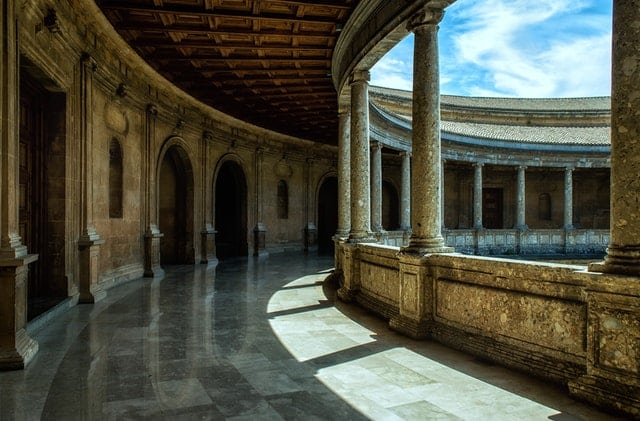
The culteranism was excessive and bombastic
Culteranism is a literary style that was born in Spanish territory at the end of the 16th century and expanded during the 17th century , framed in the Baroque movement. Its name is due to the profuse use of cultisms (cult terms).
Main features
In addition to cultisms, culteranism usually includes a large number of neologisms (new idiomatic expressions) and presents a highly complex syntax . Another of its most salient characteristics is the habitual use of metaphors .
Literary critics recognize several key features in culteranism. The extensive expressions, the use of hyperbaton and periphrasis and intertextuality are some of the particularities of the works that fall into this group.
Due to their peculiarities, the works that are part of the orbit of culteranism are difficult to understand. The complexity of the vocabulary, the Latinizing syntax and the intricate metaphors demand a great effort from the reader, who must also have the necessary cultural background to grasp the meaning .
Exponents of culteranism
The greatest symbol of culteranism is Luis de Góngora , an author from Córdoba born in 1561 and died in 1627 . In fact, culteranismo is usually used as a synonym for gongorismo , as the style that emerged from the poetic work of this writer is named.
Góngora and other writers forged this style through the search for a new aesthetic, focusing on form and technique and not so much on content. Culteranism did not care about the balance of the Renaissance and rejected the simplicity of language .
It is already noticed in the mannerism
The first outlines of culteranism can also be seen in the work of some poets who belonged to the period and style known as mannerism , which by convention is usually located from the middle to the end of the 16th century, as the closing of the Renaissance.
It is not easy to characterize Mannerism, although it is usually described as an opposition to the ideal of beauty of classicism and a complication of the conceptual and formal aspects of art, which anticipated the typical excesses of the Baroque. One of the poets identified with this period was Bernardo de Balbuena , born in 1562 in the old Kingdom of Toledo.
We must also mention Luis Carrillo y Sotomayor , a poet from Spanish Córdoba born in 1585. He was one of the representatives of the topic (that is, the theme) of the "man of arms and letters", very common throughout the 19th century. Spanish gold, he was very passionate about religion and was obsessed by the passage of time.

Shares roots with mannerism
In other languages
Beyond the Spanish case, experiences similar to culteranism were developed in other countries , as occurred in the United Kingdom with eufuism and in France with Preciousism .
With respect to euphuism we can say that it was characterized by its considerably artificial and elaborate style. The name was based on two works by John Lyly from the second half of the 16th century. Another author who followed this aesthetic was Robert Greene , who also dedicated himself to theater, prose and essays. As a curious fact, William Shakespeare opposed euphuism, but on more than one occasion he took it as a reference for his works.
Preciousism, for its part, was a social and cultural movement with typically baroque features that existed in France before classicism and prepared the ground for it. It was linked to the so-called poussée précieuse , a social fashion that was characterized by the desire to elevate and refine tastes, habits and manners. This French version of culteranism, so to speak, was opposed to certain vulgar forms of the time.
